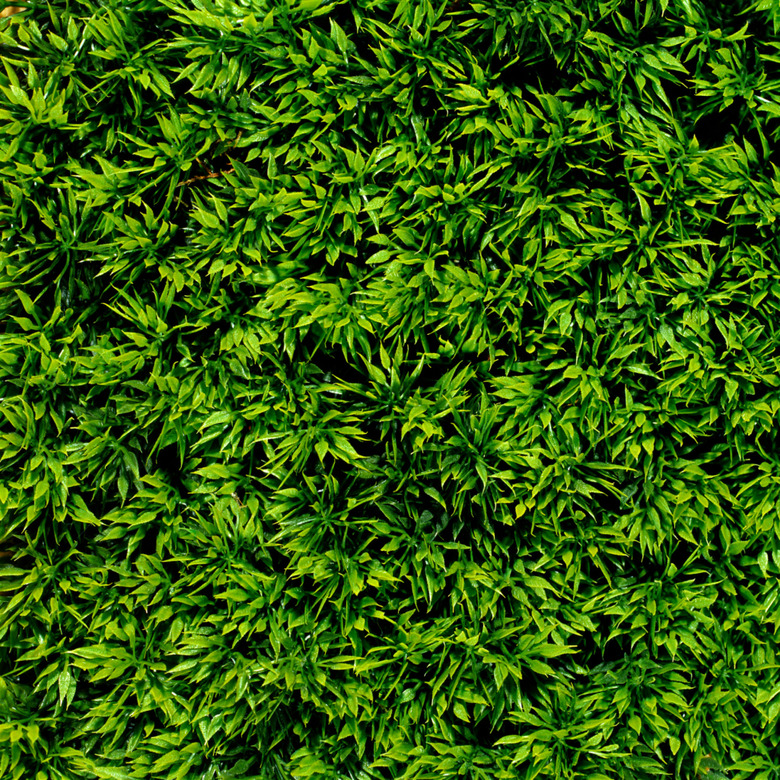How To Trim A Podocarpus Gracilior Hedge
When you want a dense hedge that screens out the neighbors without looking harsh and unneighborly, Podocarpus gracilior, more commonly known as fern pine, is a good choice. Fern pine is an evergreen hardy in U.S. Department of Agriculture plant hardiness zones 10 to 13, with a dense growth of feathery blue-green leaves along its 30- to 50-foot height. Because it is a tree, growing fern pine as a hedge means regular trimming.
Step 1
Step 1
Clean your pruning tools with household antiseptic cleaner before making any cuts to avoid transferring any plant disease or fungus that might be on the blades from other plants to your fern pine.
Step 2
Step 2
Cut away any dead, broken or diseased branches with garden shears. Position clean garden shears carefully at the base of the unwanted branch and cut forcefully to remove it. Fern pine grows conelike flowers that develop into fleshy fruit, but it can be pruned at any time. Always wear gloves when handling garden shears.
- When you want a dense hedge that screens out the neighbors without looking harsh and unneighborly, Podocarpus gracilior, more commonly known as fern pine, is a good choice.
Step 3
Step 3
Cut away terminal ends of twigs or young branches in order to reduce fern pine size. A terminal bud is a hard, round segment located at the end of a twig, marking the end of that year's growth. This trimming technique, called hedging, usually increases the number of shoots and leaves, creating a denser plant.
Step 4
Step 4
Reach into the canopy and selectively remove branches at the "Y" junction with garden shears. This method, called selective thinning, creates a more open, natural-looking plant without leaving a "scalped" look. When thinning fern pine, visualize what the plant will look like without the branch before making the cut.
Step 5
Step 5
Cut away the growth of any new branches, called suckers, which will often sprout from the base of the trunk.
- Cut away terminal ends of twigs or young branches in order to reduce fern pine size.
- When thinning fern pine, visualize what the plant will look like without the branch before making the cut.
Step 6
Step 6
Remove one of two rubbing branches that interfere or cross over each other to avoid future problems. Rubbing branches can result in decreased airflow and blocked sunlight, which can lead to the spread of harmful disease.
Tip
When hedging, cut shoots to several different levels to produce a more natural, fuller looking plant .
Tip
Observe the overall shape of the fern pine as you trim; a properly pruned hedge is wider at the base than at the top.
Tip
Leave clean cuts without torn edges to prevent injury to the plant.
Warning
All parts of the plant are poisonous if eaten. Avoid planting it where children and pets play.
Things Needed
- Garden shears
- Gloves
